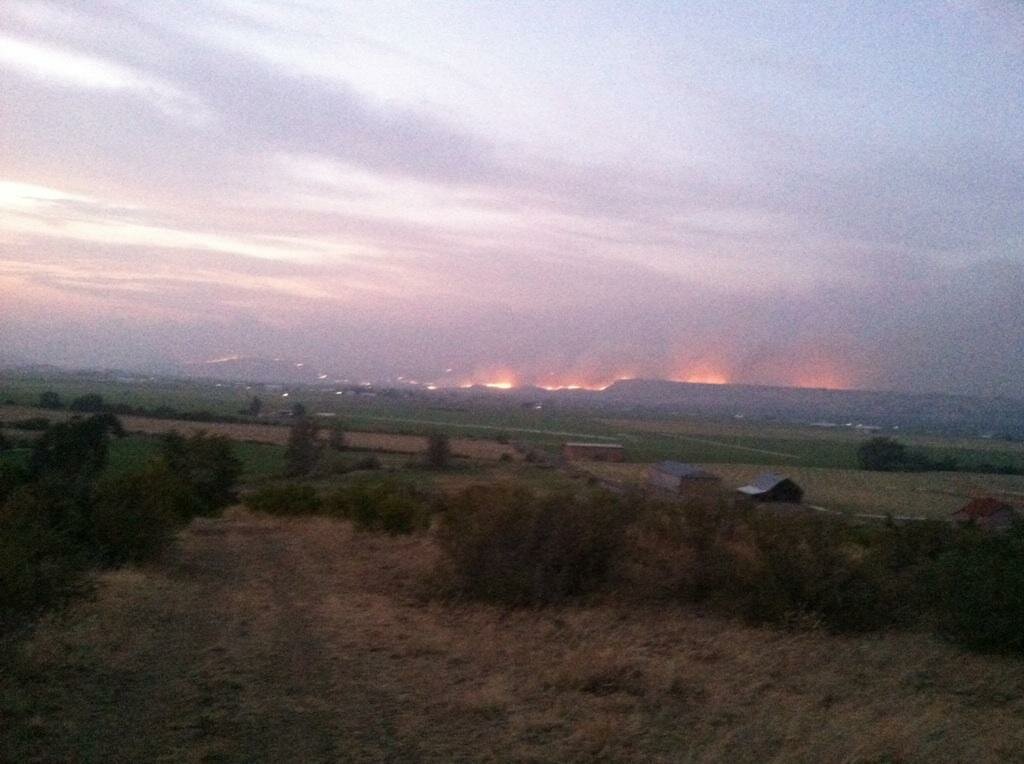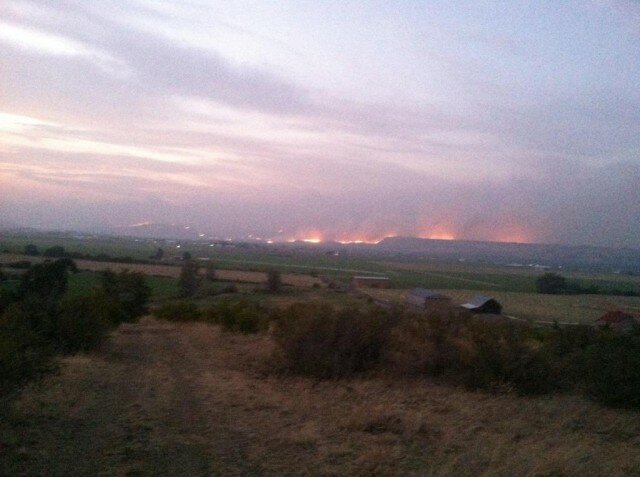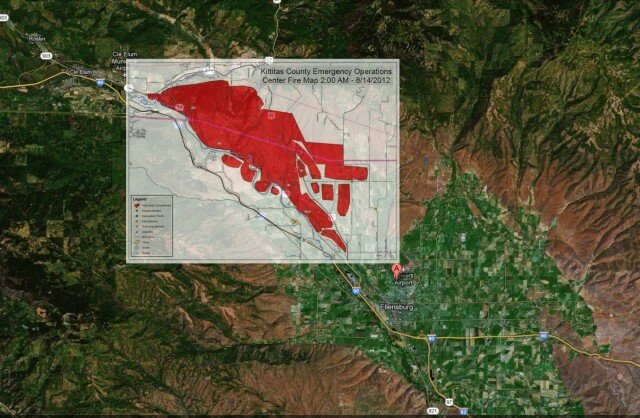This FAQ refers to the Boeing 787-8 Dreamliner operated by Ethiopian Airlines, which caught on fire on July 12, 2013, while empty and parked at Heathrow Airport.
Why did that Boeing 787 catch on fire?
According to a report from Britain’s Air Accidents Investigations Branch, the most likely culprit is a device known as an emergency location transmitter (ELT).
The AAIB is not certain yet whether the ELT’s batteries themselves ignited, or if a short-circuit in the device caused the batteries to ignite, but the location of the worst fire damage and highest temperatures corresponds to where the ELT sat in the Dreamliner.
Per the AAIB: “There are no other aircraft systems in this vicinity which, with the aircraft unpowered, contain stored energy capable of initiating a fire in the area of heat damage” — the upper part of the rear fuselage, just to the left.
If it’s a battery problem, why are people saying it’s not “the” battery problem?
Previous “thermal runaway events,” which have produced smoke and fire, were traced back to the lithium-ion batteries, manufactured by Japan’s GS Yuasa, that power the 787’s primary electrical systems.
These are hugely important to the electricity-hungry 787 program because they weigh less than alternative batteries, and it is partly the 787’s savings in total weight that lead to its vaunted fuel efficiency. There’s no point building a carbon-fiber plane if you add the weight back in nickel-cadmium.
They were so important that even though they grounded the whole 787 fleet for three months, Boeing had to keep them. The Lazy B just “modified the batteries to separate the individual cells, built a stainless steel box to contain the batteries and modified the battery charging systems to prevent overcharging.”
Still, doesn’t this latest fire make the 787 seem particularly unsafe?
No, not if the culprit really is the ELT in question. The Honeywell RESCU 406 AFN is installed on about six thousand planes, Airbus as well as Boeing. The ELT’s power is not tied into the plane’s electrical system at all. It uses lithium-manganese batteries which have, until this investigation, never displayed any tendency toward overheating and fire. The AAIB, nonetheless, is urging that this model ELT be disconnected on all planes while its airworthiness is investigated further. That’s not as terrible as it sounds, since ELTs don’t help with anything until a plane has already crashed. Feel better?
How weird, though.
Yes. But the plane was powered down, and ground power was turned off — although, umbilical power cables were left attached. So it’s hard to see where else the power necessary for a fire might have come from. If the 787’s electrical system weren’t notably prone to strange behavior, it’d be an open-and-extinguished case.





 After long refusing to release hard figures on Kindle sales, Amazon confirmed that they have sold at least four with their announcement today that “Kindle unit sales on Black Friday — including the new Kindle Fire tablet — were four times greater than whatever they were on Black Friday a year ago,” as GeekWire puts it.
After long refusing to release hard figures on Kindle sales, Amazon confirmed that they have sold at least four with their announcement today that “Kindle unit sales on Black Friday — including the new Kindle Fire tablet — were four times greater than whatever they were on Black Friday a year ago,” as GeekWire puts it.